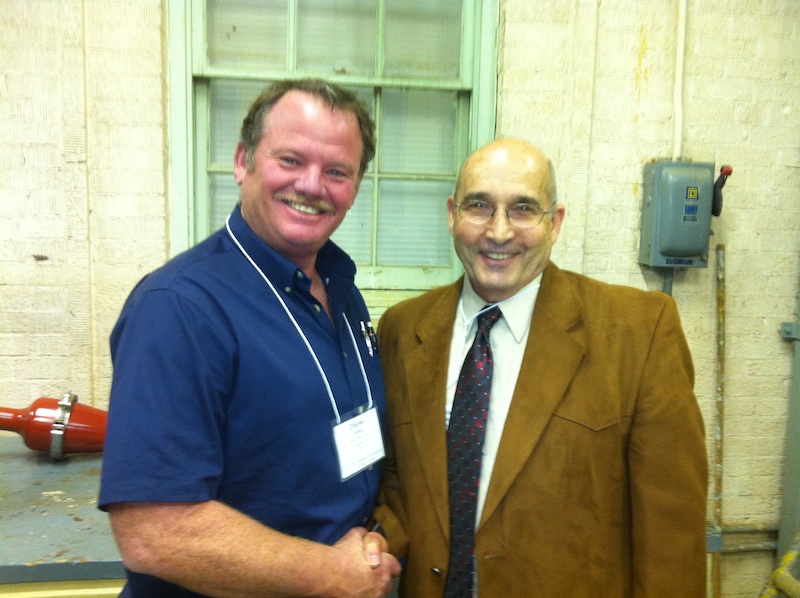Silt bags or dewatering tubes are effective to dewater sediment from water. The pipeline is inserted into the tube into a “sock” or port on the top side of the tube. You can pump the tube up to its manufacturer’s recommended height of 6 or 8 feet in height. Most sediments require polymer mixed with the silt to help it settle out quickly. If the silt does not settle in the bag, the bag will seal off rapidly and not allow water to exit as fast you pump into it. Once full the silt bag can remain until the silt is dry enough. Then the bag can be cut open to remove the silt or it can be left in place.
Geotextile tubes are made from a permeable woven fabric that allows you to pump a slurry, or mixture, of water and muck into the bag. The bag then allows the water to pass out of the bag through small holes but retains the muck, silt, or sludge within the bag. Clean effluent or filtrate (the water that comes out) can be collected and returned to the source.
Dewatering sludge can lead to reduce transport costs, reduced volume of sludge, reduced tip fees associated with weight, and ability to dispose of the sludge. Hauling sludge with a high water content can be expensive because of the portion of water. Sludge often has to pass a paint filter test to be suitable for disposal in a land fill.
Sludge can be dewatered with a belt press, filter press, centrifuge, and dewatering screens.
Yes, dredging and dewatering of all CCRs including fly ash, bottom ash, boiler slag, and flue gas desulfurization, or scrubber, materials such as synthetic gypsum, can be dredged and disposed of properly.
The smallest tube can fit in a roll-off container using an area about 8 feet by 20 feet. However, most tubes with use by a small dredge need to be 30’x50’ and 30’x100’ with a dredge commonly used. Remember, that tubes can be made to any length and width needed. The more area available allows for a larger bag to pump in to allowing for more sludge removal in less time.
Recently, Charles Parker, President, of River Sand completed the Dredging Engineering Short Course through the Center for Dredging Studies at Texas A&M University. It was the 41st Annual Class and had a record attendance this year from professionals in the dredging industry representing the US (from Alaska to Florida) and the world (from Europe to Africa).
The class focused on several aspects of River Sand, Inc.’s dredging work including hydraulic cutterhead dredge performance and efficiency, mechanical dredging, contaminated sediment treatment, dewatering techniques, and more. Charles graduated from the class and enjoyed the experience of listening and speaking with other dredging professionals. It was an opportunity to improve upon the techniques and share some of our own that we incorporate when dredging in Georgia and the Atlanta region.

